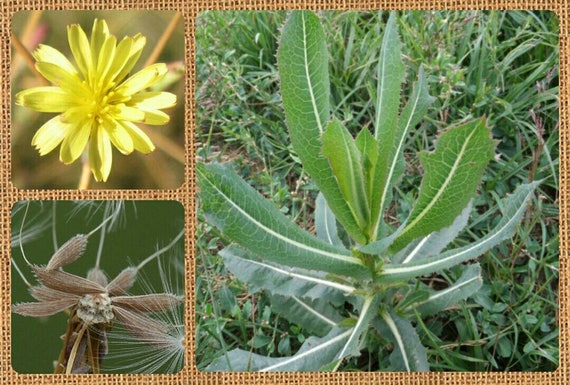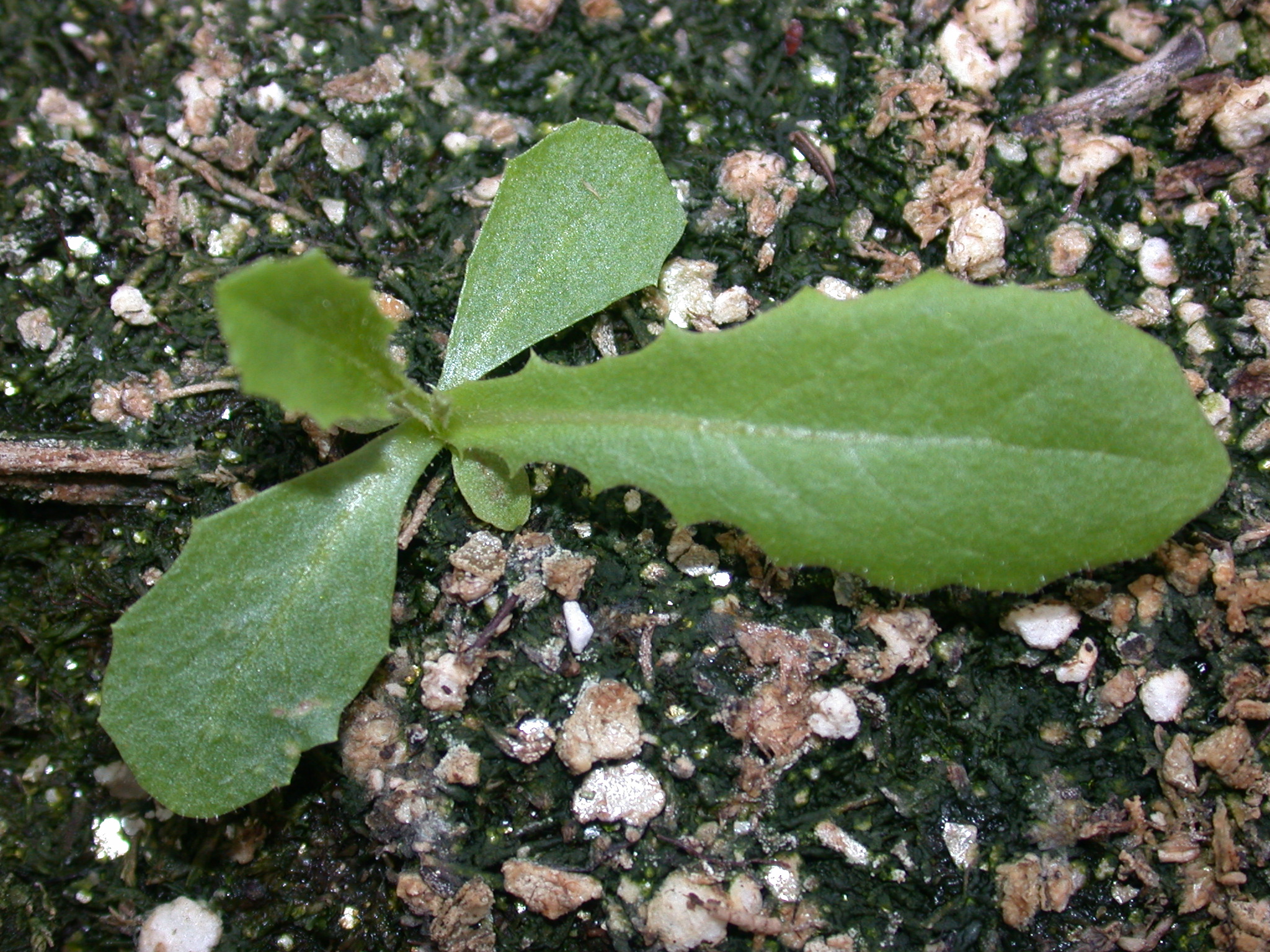Prickly Lettuce: The Bitter Lettuce With A Sweet Surprise
Prickly Lettuce: The Bitter Lettuce with a Sweet Surprise
Prickly lettuce, also known as wild lettuce, bitter lettuce, tall lettuce, or opium lettuce, is a biennial plant that belongs to the Asteraceae family. It is native to Europe, Asia, and North Africa, but it can now be found in many other parts of the world.
Prickly lettuce is a tall, upright plant that can grow up to two meters in height. It has dark green leaves that are elongated and lobed, and the stems are covered with sharp spines. When the leaves are crushed, they release a milky white sap.
Prickly lettuce has a bitter taste, which is why it is often used as a medicinal herb. The sap contains a substance called lactucarium, which has sedative and pain-relieving properties. Prickly lettuce has also been used to treat insomnia, anxiety, and coughs.
In addition to its medicinal properties, prickly lettuce is also edible. The young leaves can be eaten raw in salads, or they can be cooked like spinach. The seeds can also be roasted and eaten as a snack.
Main Content
Nutritional Value
Prickly lettuce is a good source of vitamins A and C, as well as calcium, magnesium, and fiber. It also contains small amounts of other nutrients, such as iron, potassium, and phosphorus.
Health Benefits
The medicinal properties of prickly lettuce are due to the presence of lactucarium. Lactucarium is a bitter compound that has sedative, pain-relieving, and anti-inflammatory properties.
Prickly lettuce has been used traditionally to treat a variety of health conditions, including:
- Insomnia
- Anxiety
- Coughs
- Pain
- Indigestion
- Hemorrhoids
- Constipation
There is some scientific evidence to support the use of prickly lettuce for these conditions. For example, a study published in the journal Phytotherapy Research found that lactucarium was effective in reducing anxiety in rats.
However, more research is needed to confirm the efficacy and safety of prickly lettuce for these and other conditions.
How to Use Prickly Lettuce
Prickly lettuce can be used in a variety of ways. The young leaves can be eaten raw in salads, or they can be cooked like spinach. The seeds can also be roasted and eaten as a snack.
For medicinal purposes, prickly lettuce can be taken as a tea or tincture. To make a tea, steep 1-2 teaspoons of dried leaves in hot water for 10-15 minutes. To make a tincture, crush the leaves and soak them in alcohol for several weeks.
Cautions
Prickly lettuce is generally safe when used in moderation. However, it can cause side effects, such as drowsiness, dizziness, and nausea. It is also not recommended for pregnant or breastfeeding women.
If you are considering using prickly lettuce, it is important to talk to your doctor first.
Conclusion
Prickly lettuce is a versatile plant that has both medicinal and culinary uses. It is a good source of vitamins and minerals, and it has been used traditionally to treat a variety of health conditions. However, it is important to use prickly lettuce in moderation, as it can cause side effects.
Prickly lettuce is a common weed that can be found in many parts of the world. It is known for its sharp spines, which can make it difficult to handle. However, prickly lettuce is also edible, and some people consider it to be a delicacy.
If you are interested in learning more about prickly lettuce, I recommend visiting the website Garden Wiki. This website has a wealth of information about prickly lettuce, including its history, uses, and how to identify it.
In addition to the website, there are also a number of books and articles that you can read about prickly lettuce. One book that I recommend is "Edible and Useful Plants of the Southwest: Texas, New Mexico, and Arizona" by John C. Nelson. This book provides detailed information about the identification, uses, and preparation of prickly lettuce.
I hope this information helps you learn more about prickly lettuce. If you have any questions, please feel free to ask.
FAQ of prickly lettuce
Q1: What is prickly lettuce?
A: Prickly lettuce (Lactuca serriola) is a common weed that is found throughout much of the world. It is a member of the daisy family and has a distinctive appearance, with deeply lobed leaves that are covered in sharp spines. Prickly lettuce can be a summer annual or biennial, and it can grow up to 3 feet tall.
Q2: Is prickly lettuce edible?
A: Yes, prickly lettuce is edible, but it is important to remove the spines before eating it. The leaves can be eaten raw or cooked, and they have a slightly bitter taste. Prickly lettuce is a good source of vitamins A and C, as well as fiber.
Q3: How can I control prickly lettuce?
A: There are a number of ways to control prickly lettuce, including:
- Hand-pulling: This is the most effective way to control prickly lettuce, but it can be time-consuming.
- Mulching: Mulching around plants can help to prevent prickly lettuce from germinating.
- Hoeing: Hoeing can help to remove young prickly lettuce plants before they have a chance to flower and set seed.
- Herbicides: There are a number of herbicides that can be used to control prickly lettuce. However, it is important to use herbicides carefully, as they can also harm other plants.
Q4: What are the medicinal properties of prickly lettuce?
A: Prickly lettuce has a number of medicinal properties, including:
- Anti-inflammatory: Prickly lettuce can help to reduce inflammation.
- Diuretic: Prickly lettuce can help to promote urination.
- Laxative: Prickly lettuce can help to relieve constipation.
- Astringent: Prickly lettuce can help to tighten the skin.
Q5: What are the side effects of prickly lettuce?
A: Prickly lettuce is generally safe to consume, but it can cause some side effects in some people, including:
- Nausea
- Vomiting
- Diarrhea
- Stomach cramps
If you experience any of these side effects after consuming prickly lettuce, it is important to stop taking it and see a doctor.
Image of prickly lettuce
- Image 1: A close-up of a prickly lettuce leaf, showing the sharp spines along the edges.

- Image 2: A full plant of prickly lettuce, with its tall, wiry stems and yellow flowers.

- Image 3: A salad of prickly lettuce leaves, topped with tomatoes and croutons.

- Image 4: A close-up of the seeds of prickly lettuce, which are small and black.

- Image 5: A field of prickly lettuce plants, growing in a sunny meadow.

Post a Comment for "Prickly Lettuce: The Bitter Lettuce With A Sweet Surprise"